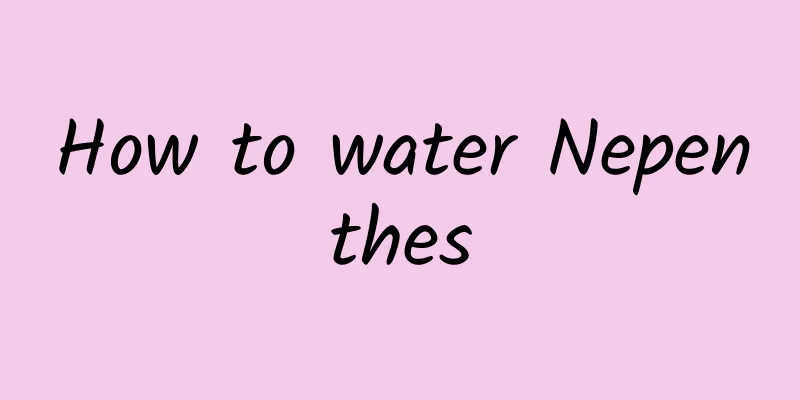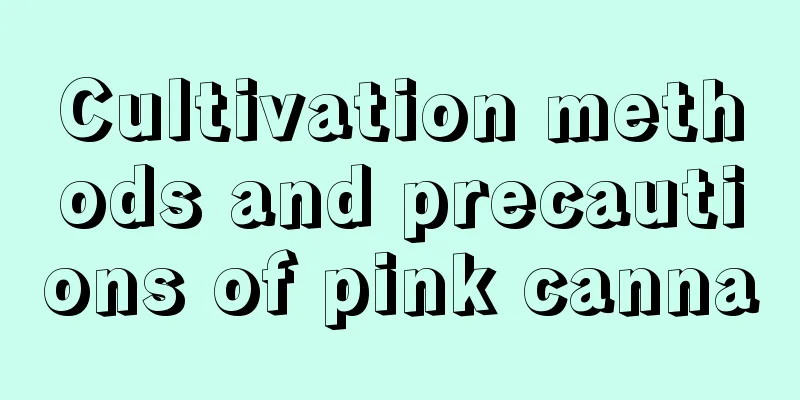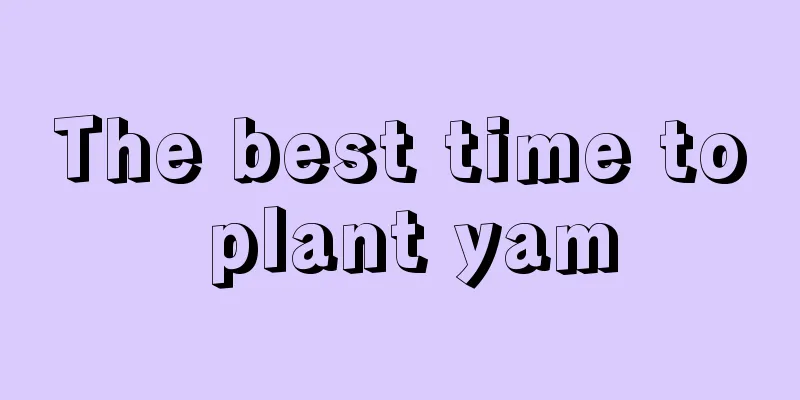Kiwifruit planting and management methods in August

|
In August, we will usher in the two solar terms of Beginning of Autumn and End of Heat. For some areas, this is a time of concentrated and heavy rainfall, so drainage work in the park is particularly critical. Let’s learn about the planting and management methods of kiwifruit in August. 1. Soil, fertilizer and water management Drainage: As the rainfall this season is higher than normal, drainage of the park is extremely important. It is necessary to check water accumulation regularly and dredge ditches to reduce damage to the root system caused by water accumulation and high temperature and humidity. Weeding: Flexible management should be carried out according to the weed growth conditions in the park. During high temperature periods, weeds can be retained appropriately to reduce soil temperature and avoid soil compaction. If the weeds are too tall, they should be cut manually or mechanically, and the cut weeds should be covered to retain moisture and reduce temperature. Try to avoid using herbicides . Drought prevention: During high temperatures, the tree evaporates a lot of water, so drought-resistant and moisture-retaining measures need to be taken, such as timely watering and ground covering, to maintain the normal development of the tree and fruit. Fertilization: Continue to apply quality-improving fertilizers. Apply high-potassium compound fertilizers at 150-200 g/plant for fruit-bearing trees and high-nitrogen fertilizers at 100 g/plant for young trees. The interval between fertilizations should be about 20 days. Meanwhile, continue to use foliar fertilizer to protect the leaves. Preparation of base fertilizer in autumn: prepare homemade or commercial organic fertilizer , calculate the application amount per plant, and apply it from September to December. 2. Tree Management Protect leaves: pay attention to drainage and drought resistance, and apply more phosphorus, potassium and amino acid foliar fertilizers to repair high temperature damage. Fruit tree management: pay attention to the growth of branches and shoots, reasonably retain or remove autumn shoots, and prune appropriately to optimize ventilation and light conditions. Pick up fallen fruits: Pick up fallen fruits regularly and process them centrally. Young tree management: Use the peak growth period to cultivate the tree skeleton, and pay attention to the different management requirements of grafted seedlings and seedlings. 3. Pest and disease control Key diseases to focus on: brown spot, anthracnose, black spot, canker, etc. Pests: two-spotted spider mites, Spodoptera litura, second generation beetles, scale insects, etc. Prevention and treatment methods: Physical control: use insecticidal lamps and manual capture. Chemical control: Use designated pesticides for control in August, and stop using the pesticides 25-30 days before maturity to reduce pesticide residues. In August, kiwifruit orchard management needs to cope with the challenges of concentrated rainfall and high temperatures. The above management measures need to be flexibly adjusted according to the actual situation of the orchard to ensure the health of the orchard and the quality of the fruit.
|
<<: Peach tree management methods in August
>>: Key points for pear tree management in August
Recommend
Vegetables that can be harvested in 10 to 30 days (vegetables with a growth cycle of 20-30 days)
Vegetables that can be harvested in 10 to 30 days...
How to prolong the flowering period of Clivia
Flowering period of Clivia The flowering period o...
How often should I water the palm of hand?
How often should I water the palm of hand? For ne...
Can I grow purple bamboo at home?
Can I grow purple bamboo at home? You can plant p...
How long is the growth cycle of camphor tree?
Camphor tree growth introduction Camphor trees ge...
The growing environment and local conditions of Oyster Mushroom
Growth environment and conditions of Oyster mushr...
How to grow millet star succulents to make them grow more millet star cultivation method
There are many types of succulents, and they are ...
Can Bodhi trees be planted in the north?
Bodhi tree planting in the north Bodhi trees can ...
How to grow lucky grass
1. Breeding methods 1. Soil: Clover has strong ad...
Plant these “4 kinds” of flowers in the twelfth lunar month. They will bloom more vigorously as the weather gets colder, and your house will be filled with fragrance during the New Year!
1. Wintersweet Among the flowers that bloom in wi...
Jasmine winter management method
Jasmine, an evergreen shrub belonging to the genu...
Primrose cultivation methods and precautions
1. Breeding methods 1. Soil: The soil needs to be...
How to grow catharanthus in winter? Can it be propagated by cuttings?
1. How to keep it in winter 1. Temperature: It li...
Why do geranium leaves turn yellow in summer?
Geranium's leaves turn yellow due to environm...
How to pinch the tip of Begonia
Reasons for pinching The Begonia plant is beautif...









